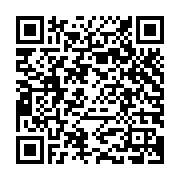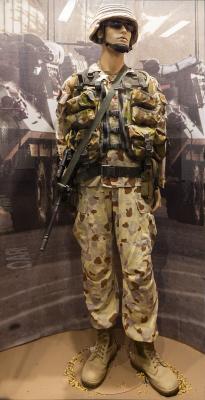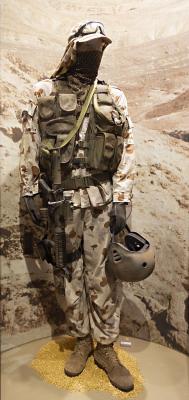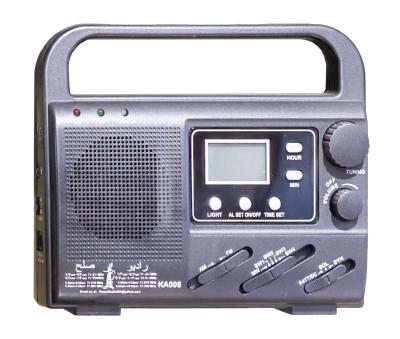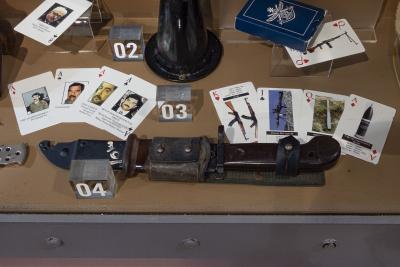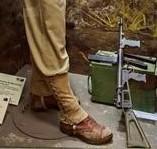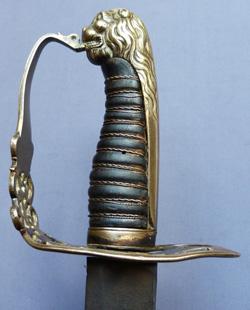Pre 1914, Western Australia, East-West Telegraph Line, Eucla Telegraph Station
The East–West Telegraph line, built in 1875–77, was the final link in Australia’s telegraph infrastructure and connected all five colonies. The largest station of the East–West line was Eucla Telegraph Station, located 11km west of the Western Australia–South Australia border. The closest towns were Fowlers Bay, 335km to the east, and Esperance, 700km west.
Credited as one of the most important inventions in modern history, the telegraph revolutionised long-distance communication. The ability to transmit information almost instantaneously held a special significance for the isolated settlers in the Australian colonies. When the weatherboard station began operations on 9 December 1877 it was staffed by four male telegraphists, who lived in nearby tents and wooden cabins. In 1898 the station was rebuilt in stone, with separate quarters for the 26 telegraphists and their families. The telegraphists were well educated and their work carried prestige. The station’s growth was due largely to WA’s gold boom in the 1890s, because operators retransmitted urgent messages for sharebrokers to Kalgoorlie, Boulder and other goldfields. Eucla was one of Australia’s busiest stations outside of the capital cities. It received up to 600 telegrams daily.
Details
Details
Eucla Telegraph Station operated as two colonial terminal stations because SA and Victoria used American Morse code, while WA and the remaining colonies used International Morse Code. The station was staffed by both WA and SA telegraphists, who worked on opposite sides of a wooden table that ran the length of the room. At the time, the telegraph station was incorrectly believed to straddle the WA and SA boundary. A wooden partition divided the workers into their respective borders, with “boundary holes” for operators to pass through transcribed messages for retransmission. Although operators worked in the same office, they adhered to the time zones of their respective colonies. After Federation the partition was removed.
"Comms Chat" is a changing, low tech, analogue, non AI generated, printed ink exhibit adjacent to and supporting the Communications Gallery at the Australian Army Museum of Western Australia. It contains personal stories, technology insights and anything remotely connected to the theme of Communication. This sub collection contains elements which have previously appeared within Comms Chat
Australian Army Museum of Western Australia
Australian Army Museum of Western Australia
Other items from Australian Army Museum of Western Australia
- Mannequin Display, Post 1945, Iraq War (2nd Gulf War), 2003 to 2013
- Mannequin Display, Post 1945, Central Asia, Afghanistan, Afghanistan War (War on Terror), 2001 to 2021
- Mannequin Display, Post 1945, Peacekeeping, Timor l'este / East Timor, 1999 - 2013
- Post 1945, Central Asia, Afghanistan, Radio Distribution, 2003 - 2020
- Post 1945, Iraq, Gulf War. Personality Identification Playing Cards, 2003
- World War 2, Owen Gun, 1943
- Post 1945, Poloroid Colorpak 80 Camera
- Inter War, Party Line Wall Phone 1930s
- World War 2 Japanese Electrical Test Equipment, Variable Output Power Supply
- World War 2, Japanese Electrical Test Equipment - Voltmeter
- Post 1945, Australian Wireless Set A510, 1950s
- 1803 Pattern Infantry Officer's Sword
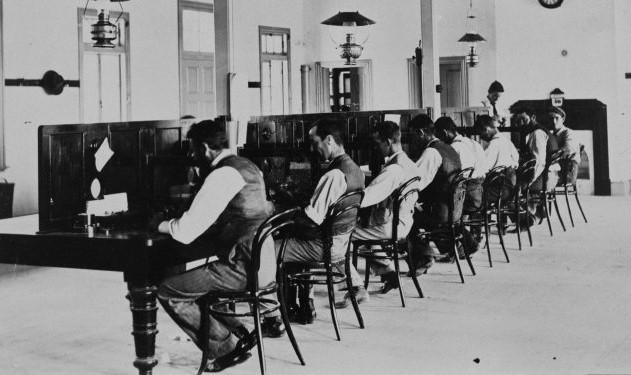
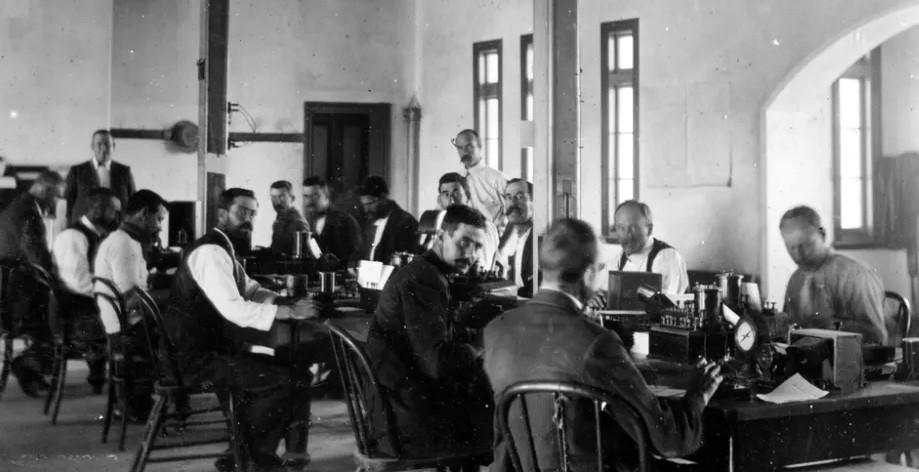
Scan this QR code to open this page on your phone ->
